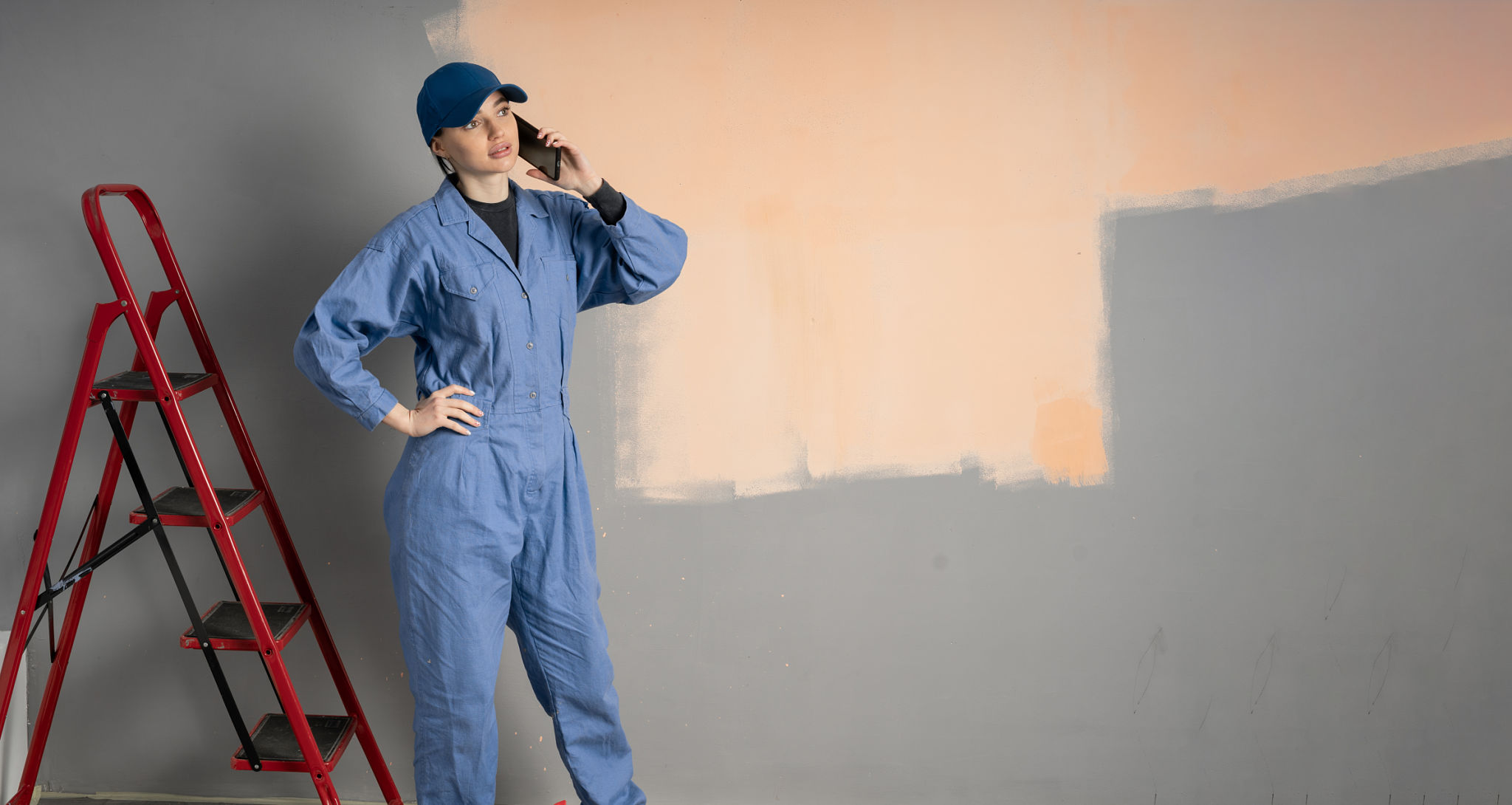DIY Guide: How to Present Your Artwork for Gallery Submissions
Understanding the Importance of Presentation
As an artist, presenting your artwork effectively for gallery submissions can be just as important as the artwork itself. Galleries often receive numerous submissions, and first impressions count. A well-presented piece can capture the attention of a curator and set your work apart from others.
Taking the time to prepare your artwork professionally can significantly increase your chances of being selected. From framing to photographing, each step in the presentation process plays a crucial role in showcasing the quality and uniqueness of your art.

Choosing the Right Frame
The frame you choose should complement your artwork without overshadowing it. A well-chosen frame enhances the overall aesthetic and adds value to your piece. Consider the style and color; a minimalist frame might suit modern art, while a more ornate frame could work well with traditional paintings.
Ensure the frame is sturdy and well-constructed to protect your artwork. Avoid using frames that show signs of wear or damage, as this could negatively impact the perceived quality of your work.
Photographing Your Artwork
High-quality images of your artwork are essential for gallery submissions. Poor images can misrepresent your work and diminish its appeal. Use a good camera or hire a professional photographer to capture your art in the best light.
Consider factors such as lighting, background, and angle when photographing your artwork. Natural light often works best, and a neutral background helps focus attention on the piece itself.

Editing and Formatting Images
After capturing your artwork, ensure that the images are edited for clarity and color accuracy. Simple adjustments can make a significant difference in how your work is perceived. Use photo editing software to crop, straighten, and adjust lighting if necessary.
When submitting images to galleries, pay attention to their specific formatting requirements. This might include file size, resolution, or file type. Adhering to these guidelines demonstrates professionalism and respect for the gallery's process.
Writing a Compelling Artist Statement
An artist statement provides context for your work and allows galleries to understand your creative vision. Keep it concise yet informative, focusing on the themes, inspiration, and techniques involved in creating your art.
Use this opportunity to express your passion and connect emotionally with potential curators. A strong artist statement can be a powerful tool in persuading a gallery to showcase your work.

Creating an Organized Portfolio
Your portfolio should be a curated collection that highlights the breadth and depth of your artistic abilities. Arrange your pieces thoughtfully, paying attention to flow and coherence. It’s often effective to start with a strong piece that will capture attention immediately.
Include detailed information about each piece, such as title, medium, dimensions, and year created. This information provides context and can influence how your work is perceived.
Submitting Your Artwork
Before submitting your work, carefully read the submission guidelines provided by the gallery. Tailor your submission to meet their requirements, ensuring that all requested materials are included.
Professionalism in communication is key. Whether submitting online or in person, present yourself confidently and respectfully. Follow up after submission but be patient; galleries often take time to review submissions thoroughly.